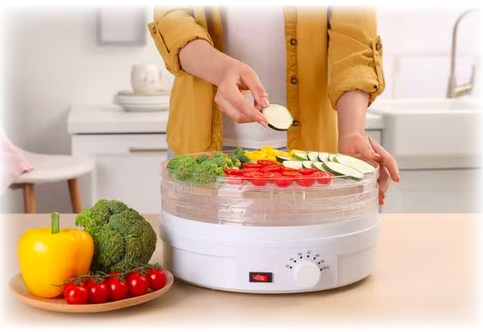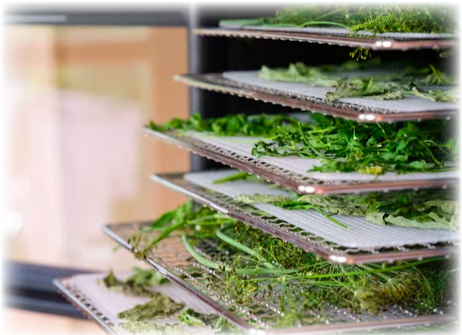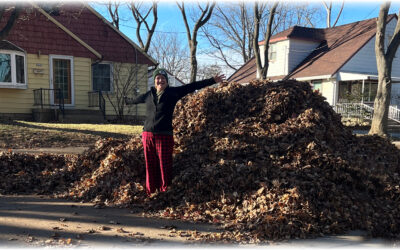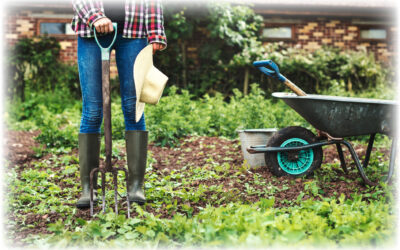Dehydrating
Dehydrating your produce, through low heat and steady airflow, is a great way to not only preserve your product but a great way to save space as the dehydrated produce will take up much less room and you don’t need your freezer – another win-win! Dehydrating also lets you preserve much of the vegetable/fruit’s nutritional content.
There are many ways to dehydrate foods, in your oven, by airdrying outside in the sun, and by using a food dehydrator. For now, we will focus on the electric dehydrator.
If you have done any research on the subject you will see that there are many types of dehydrators with many different sizes and features. You will need to look at your needs to decide which models are best for you. If you have a large garden and plan on dehydrating a lot, then a larger model will probably work best for you.
The prices on dehydrators can get pretty pricy, but the great thing is you can usually find a used dehydrator at thrift stores, so keep your eye out for an awesome bargain!
Dehydrators also have many different features, but we feel that one with temperature controls and a timer will benefit you. Some vegetables can take up to 12+ hours to dehydrate, so consider where you will be putting your dehydrator. Having it in the kitchen in the heat of the summer may not be the best idea. I put mine in the garage on our tool bench.
Prepping
Your main goal when prepping your food is to get it an even thickness so that your items will dehydrate at the same rate. If some of your foods are too thick they won’t dry all the way through and you could have spoilage which will ruin your entire container. A mandoline is a great option for certain veggies like zucchini or cucumber, a food processor can be used to quickly grate items, or a good old-fashioned SHARP knife will do.
Blanching
Like freezing, it is a common practice to blanch your vegetables before dehydrating to prevent flavor and color loss. Some of the vegetables that are good to blanch before dehydrating are: Asparagus (3 to 5 minutes), Broccoli (3 to 5 minutes), Cabbage (2 to 3 minutes), Carrots (3 to 4 minutes), Corn (1 to 3 minutes), Green beans (4 to 5 minutes), Peas (3 minutes), Kale, spinach (just until wilted).


Temperature
Different types of foods need to be dehydrated at different temperatures, and while we are focusing on homegrown fruits and vegetables, we are listing the temps below:
95°F Herbs
125°F Vegetables
125°F Beans and Lentils
135°F Fruit
145°F Grains
145°F Precooked Meats
160°F Meat, Seafood
165°F Poultry
Recipes
Greens Powder – Amp up your heath and save money!





